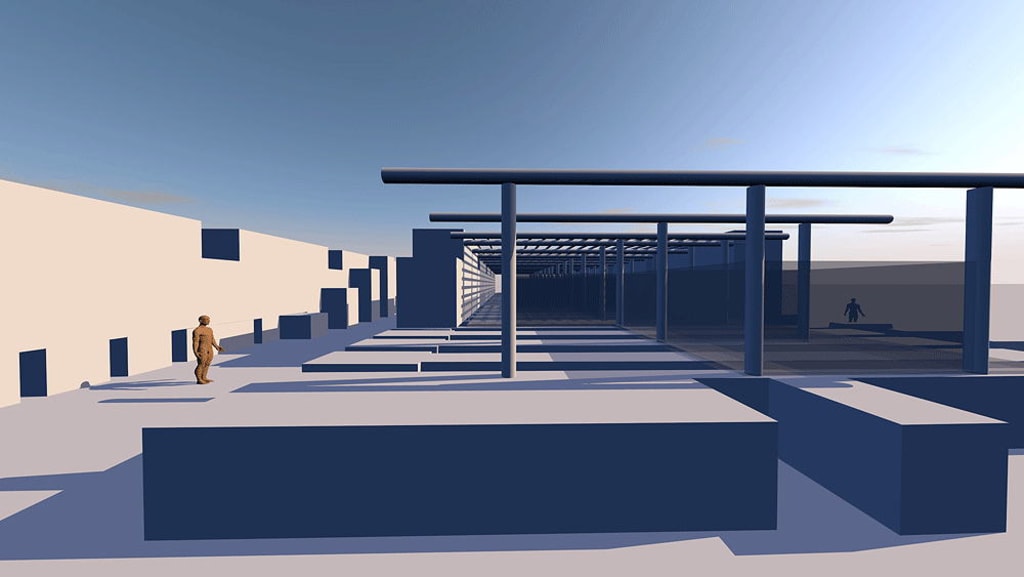What were Granaries used for in the Harappan Civilization?
Indus Valley Granaries: Large storage facilities for surplus crops, indicating advanced agricultural planning and food management.

The granaries of the Harappan Civilization, also known as the Indus Valley Civilization, were integral to the survival and success of this ancient society, which flourished around 2600 to 1900 BCE in what is now Pakistan and northwest India. These granaries were more than mere storage facilities; they were sophisticated structures that played a central role in the economy, agriculture, and daily life of the Harappans.
Architectural and Functional Aspects
The granaries of the Harappan Civilization were remarkable for their advanced architectural features. They were large, brick-walled structures strategically designed to store surplus grains. The granaries were typically elevated on platforms, which prevented moisture from seeping into the storage areas and ensured the grains remained dry and preserved. The thick mud brick walls provided insulation against extreme weather conditions, maintaining a stable environment inside the granary.
These structures were equipped with ventilation systems to allow air circulation, which was crucial in preventing the grains from spoiling due to humidity. The internal layout often included separate bins or compartments for different types of grains, such as wheat, barley, and millet. This organization facilitated efficient storage and access to the grains when needed.
Agricultural Significance
Agriculture was the backbone of the Harappan economy, and the granaries played a vital role in supporting this agrarian society. The fertile plains of the Indus River provided an ideal environment for farming, and the Harappans developed advanced agricultural techniques to maximize their yields. The granaries were essential for storing the surplus produce from these harvests.
By storing surplus grains, the granaries ensured that the Harappans had a reliable food supply throughout the year, particularly during times of drought or poor harvests. This ability to store and manage surplus food was a key factor in the stability and resilience of the Harappan society.
Economic and Trade Importance
The granaries were not just storage facilities; they were also central to the economic and trade activities of the Harappan Civilization. The surplus grains stored in the granaries enabled the Harappans to engage in trade with other regions and civilizations. They exchanged their surplus agricultural produce for goods that were not locally available, such as metals, gemstones, and other valuable items.
This trade was facilitated by the granaries’ role as hubs of economic activity. The granaries supported a system of resource management that included meticulous record-keeping. Clay tablets and seals were used to document the quantities and types of grains stored, ensuring efficient management of resources. This level of organization enabled the Harappans to sustain a complex and prosperous economy.
Social and Community Role
The granaries also had a significant social and community role. They were symbols of collective effort and cooperation within the Harappan society. The construction, maintenance, and operation of the granaries required the collaboration of the entire community. During the harvest season, farmers brought their surplus crops to the granaries, reflecting a communal approach to resource management.
This collective effort extended to the distribution of stored grains. The granaries ensured that everyone in the community had access to food, especially during difficult times. This equitable distribution of resources helped maintain social cohesion and stability within the Harappan society.
Archaeological Evidence
Archaeological excavations at Harappan sites, such as Harappa and Mohenjo-Daro, have revealed the remains of these granaries, providing valuable insights into their construction and use. The granary at Harappa, for example, was a massive structure measuring about 45.7 meters in length and 15.2 meters in width. Its design included a series of rectangular chambers and a sophisticated drainage system.
The granaries discovered at these sites confirm the advanced engineering and planning capabilities of the Harappan people. They also highlight the central role that granaries played in the daily life and overall functioning of the Harappan Civilization.
Conclusion
The granaries of the Harappan Civilization were pivotal to the success and sustainability of this ancient society. They exemplified advanced architectural and engineering skills, supported the agricultural economy, facilitated trade, and fostered social cohesion. Through efficient storage and management of surplus grains, the granaries ensured the Harappans’ resilience against environmental challenges and contributed to their prosperity. The legacy of these granaries remains a testament to the ingenuity and collective spirit of the Harappan people.
About the Creator
Marveline Merab
“History never repeats itself. Man always does.”
― Voltaire
Enjoyed the story? Support the Creator.
Subscribe for free to receive all their stories in your feed. You could also pledge your support or give them a one-off tip, letting them know you appreciate their work.






Comments
There are no comments for this story
Be the first to respond and start the conversation.